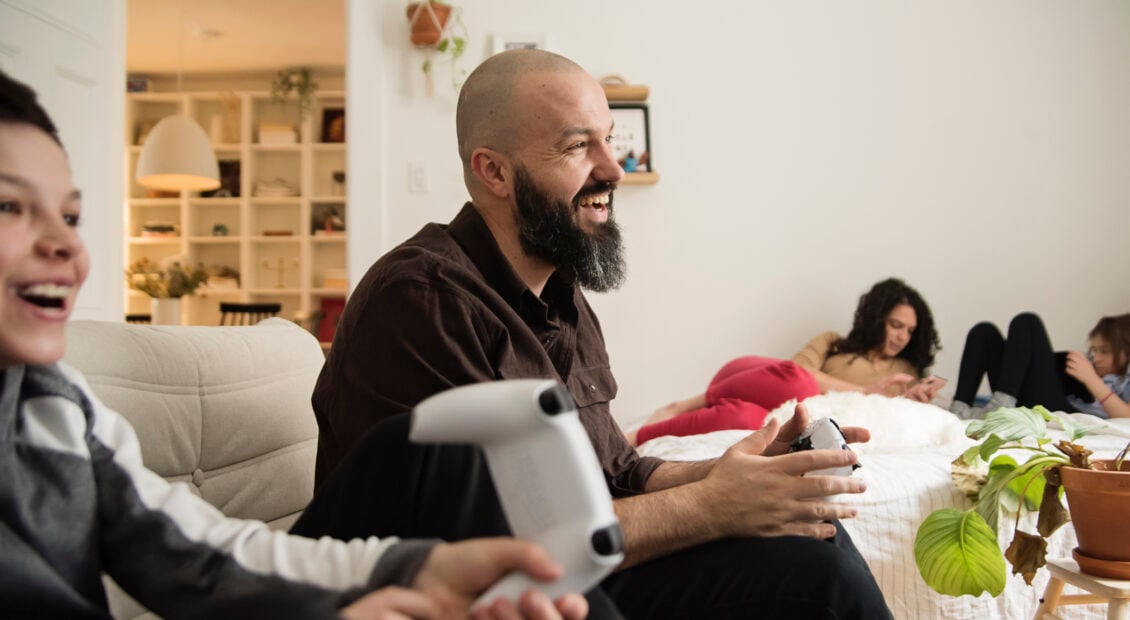
Consumer manifesto: How telcos can grow their consumer business
Based on its deep industry knowledge, STL Partners is sharing its vision on how telcos can reverse the trend of stagnating consumer revenues by focusing on innovation, new ventures and excellent customer experience.










